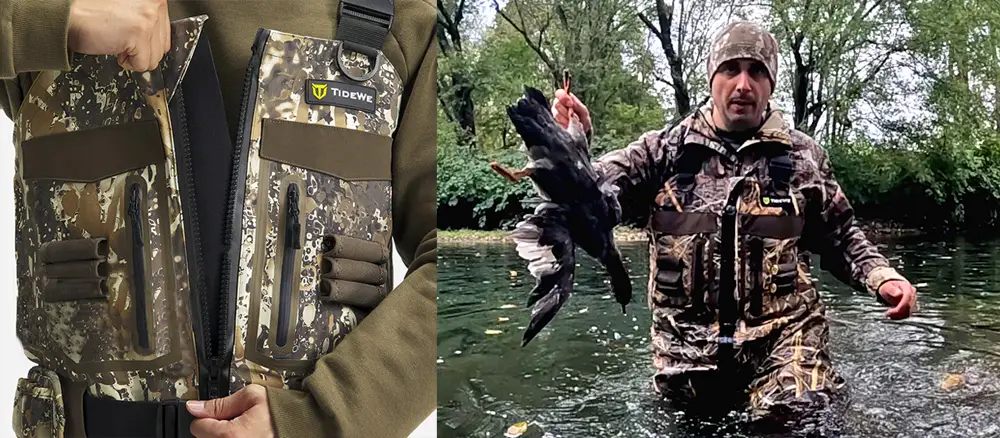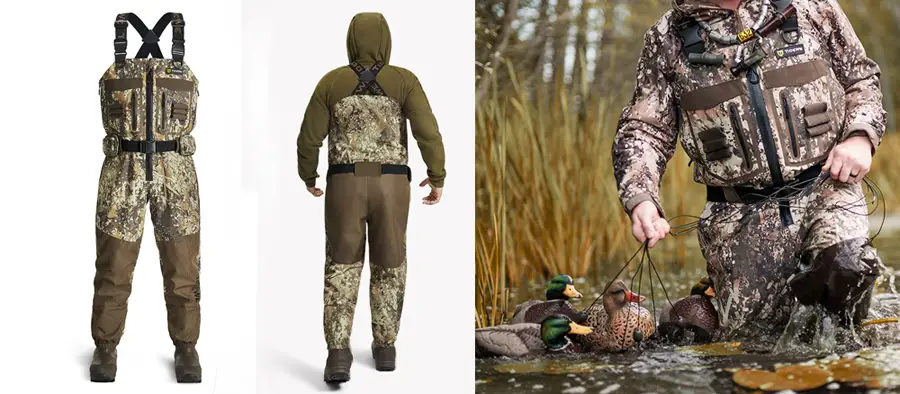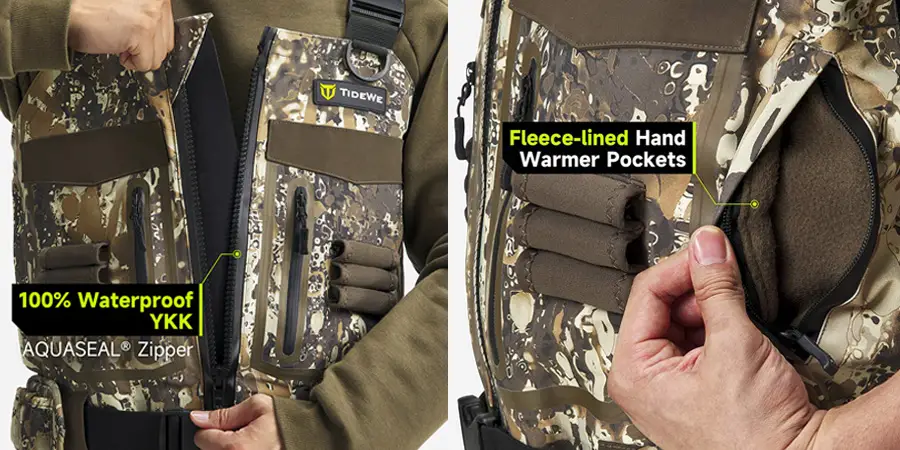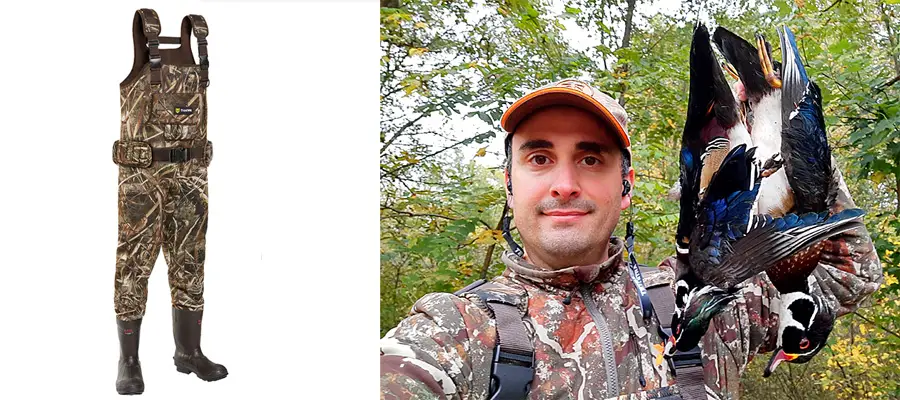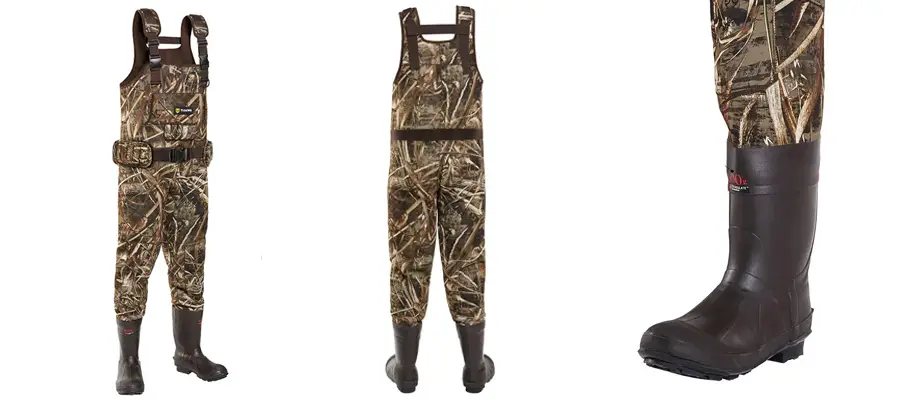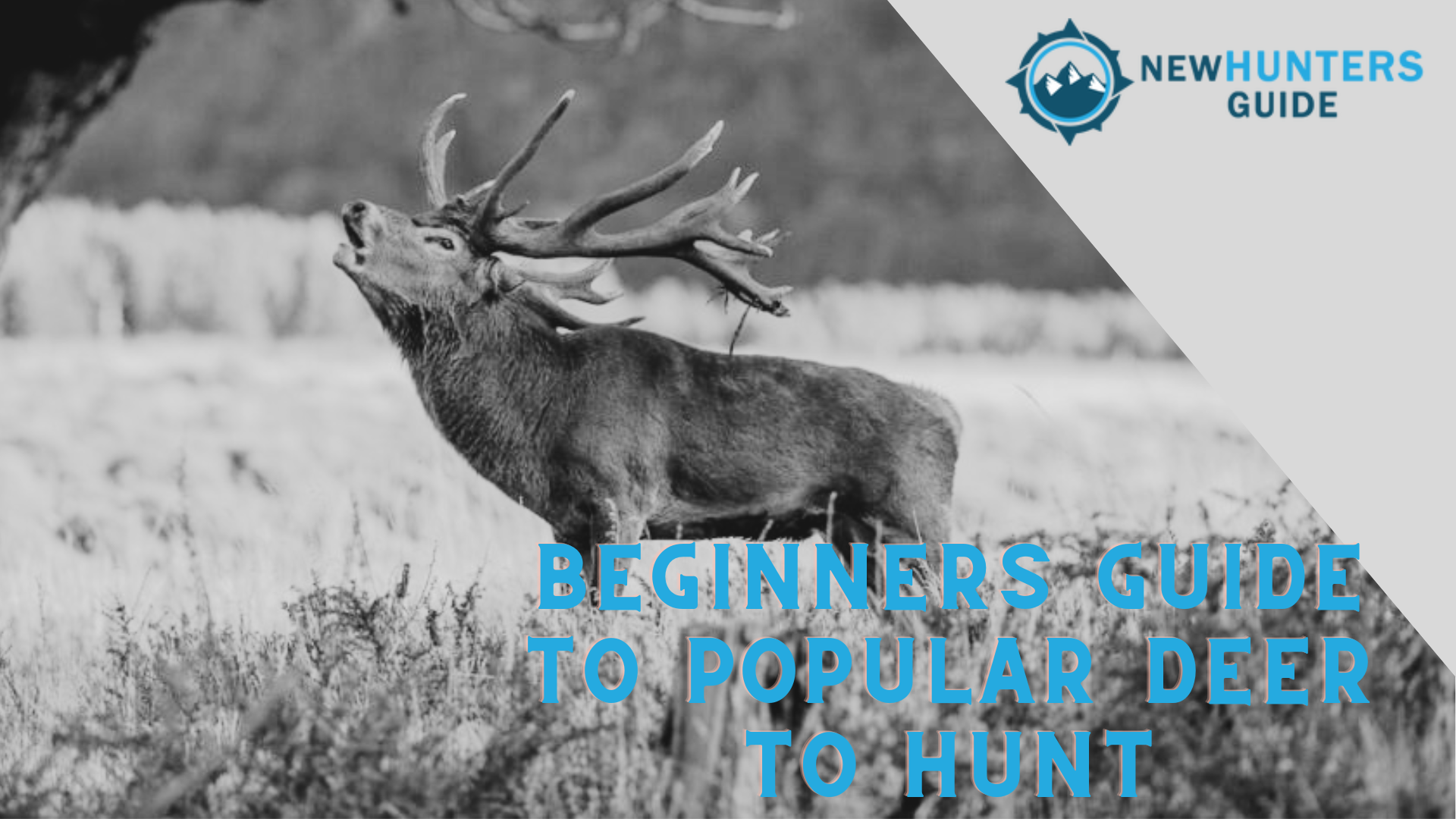This article was sponsored by South American Adventure Safaris.
Deer hunting is a cherished tradition for outdoorsmen and even a tradition of great importance for some families.
Deer hunting provides quite a lot when it comes to benefits, being both a thrilling hunting experience as well as an opportunity to put some food on the table.
Now, for beginners, understanding the different species of deer and how to hunt them is super important for getting started in the hunting space.
Each type of deer presents its own very unique challenges, from their habitat and behavior to the equipment and techniques needed to hunt them effectively.
Today we introduce you to five popular deer species and then dive into where you can hunt then, when seasons open and a few tips and tricks on getting your deer hunting hobby off the ground!
White-Tailed Deer
Widely and easily known as the most popular type of deer for outdoorsmen, the whitetail deer is known for its, you guessed it, whitetail and extremely high populations all across the Americas.
Location & Season
As we just mentioned, white-tailed deer are by far the most common and widely disbursed deer species in North America.
You can find them in a wide variety of habitats, ranging from forests and grasslands to even agricultural areas. Their adaptability has allowed them to thrive in both rural and suburban areas as well, becoming accustomed to human interaction.
When it comes to the best time to hunt white-tailed deer, you’re going to probably be looking at the rut, which typically occurs in late fall.
The rut, as you will hear more about as we move into some other species, is the mating season when bucks are actively searching for does. This can tend to make them more vulnerable to hunters.
However, hunting seasons and regulations on what and when you can hunt will vary by region, so be sure to check local guidelines before planning your hunt.
Recommended Caliber
When hunting white-tailed deer, the most popular calibers hunters tend to go with include the .243 Winchester, .270 Winchester, and .30-06 Springfield.
These calibers provide more than enough power to take down a deer without excessive recoil, making them a great choice for beginners, whether you’re hunting a smaller area or in a larger preserve.
Beginner’s Tip
For white-tail, understanding deer behavior during the rut is key to picking up the basics. Bucks become less cautious and more free and confident during the rut. This will increase the chances of a beginner hunter spotting one and taking one down.
Pay attention to signs of activity, like scrapes and rubs, and position yourself accordingly to intercept a buck on the move. For tactics such as this, a more experienced hunter might be able to guide you on the hunt.
Mule Deer
Very often mistaken for the white-tail, the mule deer is another popular deer species with high population density in North America.
Location & Season
Mule deer are native to the western United States, where they can be found all along the mountainous and desert regions.
Unlike white-tailed deer, mule deer tend to live in more rugged and open terrain rather than wooded and more hidden environments, requiring hunters to adapt their strategies accordingly.
The best time to hunt mule deer is in late fall, again, during their rut. Mule deer hunting is often a more physically demanding outing, as the terrain where they can be found is far less forgiving, so be prepared for long hikes and generally tough conditions.
Recommended Caliber
Common calibers for mule deer hunting include the .270 Winchester and .30-06 Springfield.
These rounds provide the necessary power to handle the long-distance shots often required in open, mountainous terrain where mule deer dwell.
Beginner’s Tip
The spot-and-stalk technique is particularly effective when hunting mule deer.
Since mule deer are often found in more wide and open landscapes, patience and observation are always helpful. Glassing (using binoculars or a spotting scope) from a distance to locate deer before planning your approach is a skill worth mastering if you plan on taking up mule deer hunting.
Black-tail Deer
The black-tail deer is another North American species that is quite popular for deer hunters. Slightly smaller than the mule deer, the black-tail can be easily distinguished by, you guessed it, their black tails.
Location & Season
Black-tail deer primarily reside along the Pacific Northwest, inhabiting dense forests and coastal areas. This greatly differs from the mule deers’ open-landscape preferences.
Due to their elusive nature and thick cover, hunting black-tail deer is considered a more challenging task when compared to other deer species.
Black-tail deer hunting season typically starts in early fall and can extend into winter, depending on the region. They are less visible during the day, making early morning and late afternoon prime hunting times when going after black-tail
Recommended Caliber
Some popular caliber options for black-tail deer include the .308 Winchester and .30-30 Winchester.
These calibers are both great options for the short-to-medium range shots often needed in forested environments where black-tail roam.
Beginner’s Tip
Patience is the real key when it comes to black-tail deer hunting.
These deer are masters at hiding in thick brush, so still-hunting (moving slowly and quietly through the forest) can greatly increase your chances of success.
For new hunters, focus on hunting during periods and times of day with low light, and do your best to use natural cover to your advantage when working to get within range.
Red Stag
The red deer, or red stag, is a more recently popular species of deer to hunt in the Americas, but has been well known in the hunting world all across the world.
Location & Season
Red stag, while native to Europe, can be found in places like New Zealand, South America, and parts of North America.
While red stag were originally hunted in Europe, they have become a huge trophy for Argentina hunts, as some of the biggest red stag in the world are now found in a handful of South American countries.
These majestic deer are larger than most other species out there, and well known for their impressive antlers, which are a serious trophy for most hunters.
The best time to hunt red stag is, again, during the rut, which occurs in autumn in most regions. During the rut, stags become highly vocal and aggressive, making them easier to locate and take down.
Recommended Caliber
For hunting red stag, calibers like the .30-06 Springfield and 7mm Remington Magnum are your best bet.
These calibers provide the necessary power for ethical kills on larger deer like red stag, and give you enough range to take your shot for a good distance.
Beginner’s Tip
Red stag are famous for their loud roaring during the rut, which can really help you locate them in dense forests or mountainous areas. Focus on stalking during the rut, as these vocalizations make them easier to track and less cautious than usual.
Sika Deer
Last on the list is the Sika deer. Another well-known species, the Sika, considered an “old-world deer’, has picked up some popularity over the last couple of years.
Location & Season
Sika deer are originally from Asia but have been introduced to parts of the U.S., particularly in Maryland, and the UK.
These small, yet elusive, deer prefer marshy, forested areas and are known for their secretive nature.
The hunting season for sika deer varies by region, but it typically begins in early fall. Sika deer tend to be more active at dawn and dusk, which runs true with most deer species.
Recommended Caliber
For sika deer, lighter calibers such as the .243 Winchester and 6.5mm Creedmoor are often all you need.
These calibers provide enough power for a clean kill without causing excessive damage to the deer and allowing you to take your shot from a good distance.
Beginner’s Tip
One of the unique aspects of hunting sika deer is their distinctive vocalizations, which sound like high-pitched whistles.
Learning to recognize these calls can give you an edge when trying to locate them in dense cover.
Final Shots
Deer have been a staple game for hunters across the globe, since men started hunting animals with bows and spears.
Deer hunting is a rewarding experience that requires not only patience and skill, but also knowledge of the species you’re looking to take down. Unlike like pheasant hunting, for example, you need to not only know where to properly hit the deer, but have the accuracy to not destroy the meat by hitting the wrong spot.
Whether you’re after the widespread white-tailed deer or the elusive sika deer, understanding their habits, habitats, and behavior is key to a successful hunt.
As a beginner, it’s important to start small, learn from each hunt, and always follow local hunting regulations. With time, you’ll hone your skills and gain the confidence needed to take on more challenging hunts, like the red stag.
Good luck, and remember that the most important part of the hunt is the experience itself.
This article and its images were written and provided by the great folks at South American Adventure Safaris. If you are interested in hunting a wide variety of South American game animals check them out today!





